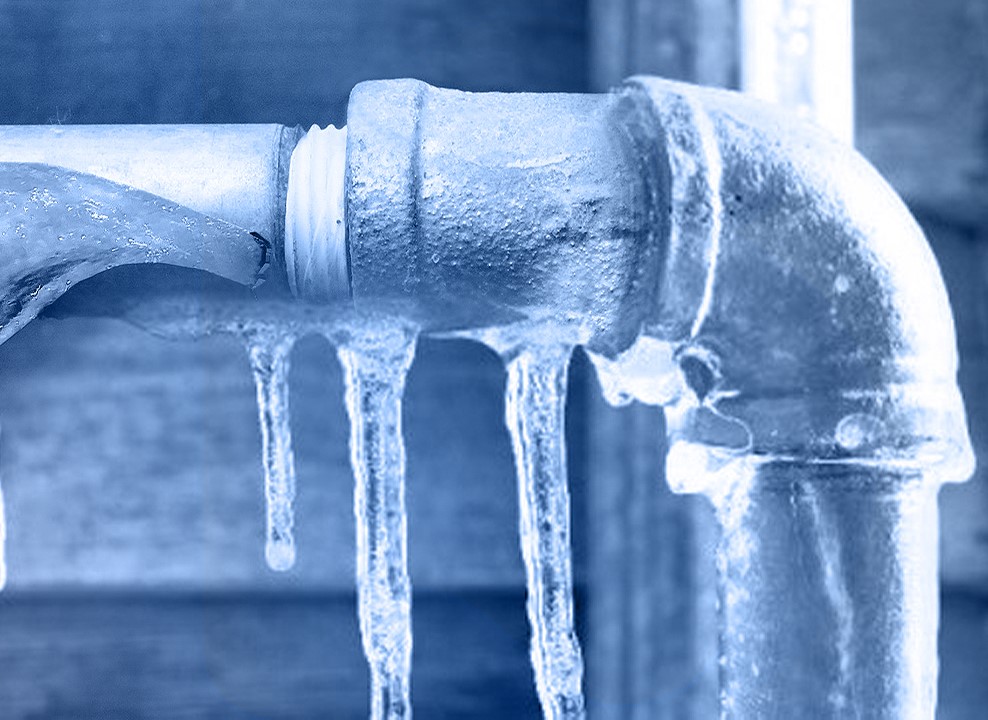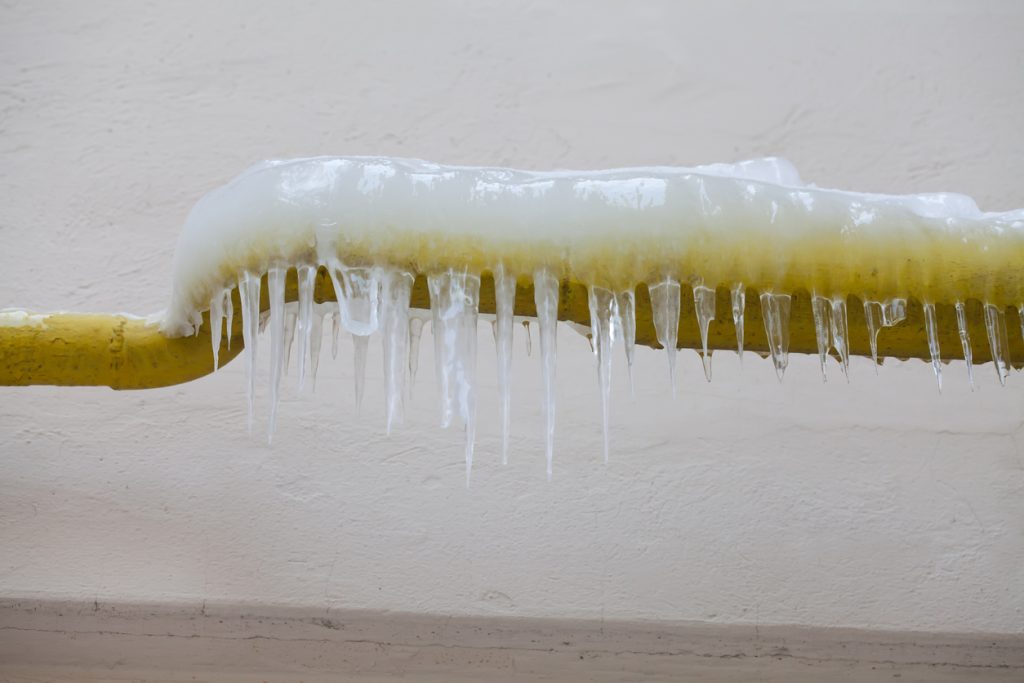Important Advice for Preventing Frozen Pipes in Cold Weather Seasons
Important Advice for Preventing Frozen Pipes in Cold Weather Seasons
Blog Article
This post down the page involving Prevent Frozen Pipes is absolutely fascinating. Don't skip it.

Winter can damage your plumbing, especially by freezing pipes. Here's just how to stop it from taking place and what to do if it does.
Introduction
As temperature levels drop, the risk of frozen pipes increases, possibly causing pricey repair work and water damages. Recognizing how to stop frozen pipelines is important for home owners in cool environments.
Comprehending Frozen Pipelines
What triggers pipes to ice up?
Pipelines ice up when revealed to temperature levels listed below 32 ° F (0 ° C) for prolonged durations. As water inside the pipes freezes, it increases, putting pressure on the pipe walls and potentially triggering them to burst.
Risks and problems
Icy pipes can cause supply of water disruptions, residential property damages, and pricey fixings. Ruptured pipelines can flood homes and cause considerable architectural damage.
Signs of Frozen Piping
Determining frozen pipelines early can avoid them from breaking.
Just how to identify icy pipes
Seek lowered water circulation from faucets, uncommon smells or sounds from pipelines, and noticeable frost on revealed pipes.
Avoidance Tips
Shielding prone pipelines
Wrap pipes in insulation sleeves or utilize heat tape to secure them from freezing temperature levels. Concentrate on pipelines in unheated or external locations of the home.
Heating techniques
Keep indoor areas appropriately heated, especially locations with pipes. Open up cabinet doors to enable cozy air to circulate around pipes under sinks.
Safeguarding Outside Pipes
Yard hoses and exterior taps
Separate and drain yard hoses before winter months. Mount frost-proof spigots or cover outdoor taps with insulated caps.
What to Do If Your Pipelines Freeze
Immediate actions to take
If you presume frozen pipes, keep taps available to relieve pressure as the ice melts. Make use of a hairdryer or towels taken in hot water to thaw pipelines gradually.
Long-Term Solutions
Architectural changes
Consider rerouting pipes far from outside wall surfaces or unheated locations. Include extra insulation to attics, cellars, and crawl spaces.
Updating insulation
Purchase high-grade insulation for pipelines, attic rooms, and walls. Appropriate insulation aids keep regular temperature levels and decreases the threat of icy pipelines.
Verdict
Stopping icy pipes requires proactive steps and fast reactions. By recognizing the reasons, signs, and safety nets, property owners can protect their pipes throughout cold weather.
6 Proven Ways to Prevent Frozen Pipes and Protect Your Home
Disconnect and Drain Garden Hoses
Before winter arrives, start by disconnecting your garden hoses and draining any remaining water. Close the shut-off valves that supply outdoor hose bibs and leave the outdoor faucet open to allow any residual water to drain. For extra protection, consider using faucet covers throughout the colder months. It’s also important to drain water from any sprinkler supply lines following the manufacturer’s directions.
Insulate Exposed Pipes
Insulating your pipes is an effective way to prevent freezing. Pipe insulation is readily available at home improvement stores and is relatively inexpensive. Pay close attention to pipes in unheated areas such as the attic, basement, crawl spaces, or garage. Apply foam insulation generously to create a buffer against the cold. You can also wrap your pipes in heat tape or thermostat-controlled heat cables for added warmth.
Seal Air Leaks
Inspect your home for any cracks or openings that could let in cold air. Seal any holes around the piping in interior or exterior walls, as well as the sill plates where your home rests on its foundation. Additionally, make sure to keep your garage door closed unless you’re entering or exiting. Leaving it open creates a significant air leak that can lead to frozen pipes.
Allow Warm Air Circulation
During cold snaps, it’s essential to allow warm air to circulate evenly throughout your home. Leave interior doors ajar to promote better airflow. Open kitchen and bathroom cabinets to help distribute heat consistently around the rooms. If you have small children or pets, be sure to remove any household chemicals or potentially harmful cleaners from open cabinets for safety.
Let Faucets Drip
A small trickle of water can make a big difference in preventing ice formation inside your pipes. When temperatures drop significantly, start a drip of water from all faucets served by exposed pipes. This continuous flow helps prevent the water from freezing. Additionally, running a few faucets slightly can relieve pressure inside the pipes, reducing the chances of a rupture if the water inside does freeze.
https://choateshvac.com/6-proven-ways-to-prevent-frozen-pipes-and-protect-your-home/

I'm just very curious about How to prepare your home plumbing for winter weather and I am hoping you appreciated the new article. Be sure to set aside a second to distribute this blog posting if you appreciated it. We appreciate your readership.
Visit My Web Page Report this page